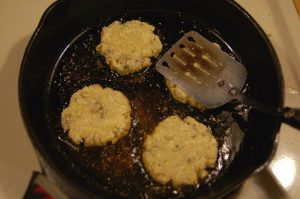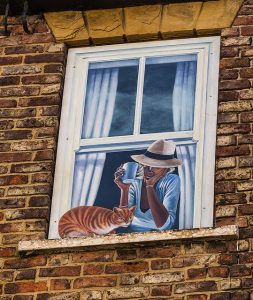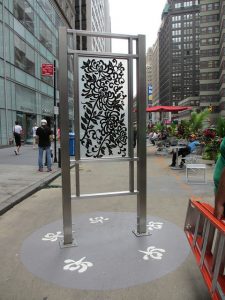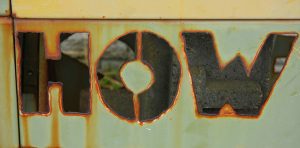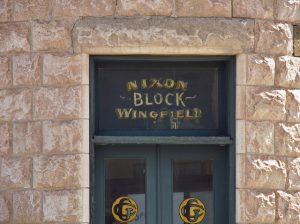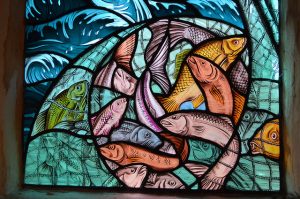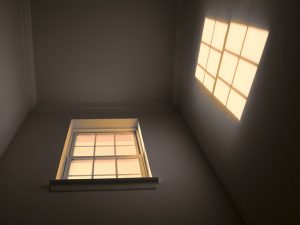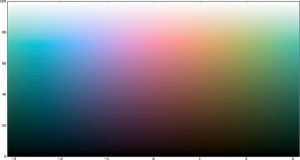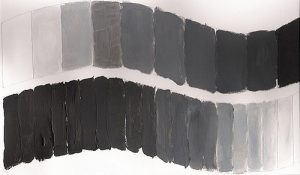Backpainted glass backsplash can give a cool new look to your kitchen
There’s no denying the attractiveness of glass as a decorative material. In addition to having a unique look and feel, glass is also a great working surface. Because it’s non-porous, it doesn’t absorb dirt, oils or inks. That means it will look great for a long time. At the same time, it won’t absorb paint. So how can you create a backpainted glass back splash if you can’t get the paint to stick to the glass? Easy! Use Glassprimer™ glass paint!
Backpainted glass backsplash is a great DIY project
Backpainted glass is easy to make, easy to install and gives a unique finished look to your space. A backpainted glass backsplash is ideal for use in the kitchen or bathroom because it cleans well, sanitizes easily and will not absorb bacteria.
Backsplashes help protect vulnerable vertical surfaces around sinks, countertops and stovetops. By laminating these spaces with glass, you can create a surface that looks great. It can also take the near constant cleaning that happens in kitchens and bathrooms.
Any kind of glass will work. If you intend to create your own backsplash, you can get glass from a local glass shop. Glass is easy to cut, and you can create custom cuts that precisely fit your wall space.
If you plan to place a glass backsplash around the stove, or in areas where rapid changes in temperature are likely, you’ll want to use tempered glass. Since tempered glass can’t be cut once it’s been heat treated, you’ll want to make sure that the glass precisely fits your space before it’s tempered.
One of the best parts about creating your own backpainted glass backsplash is that you don’t need to use thick sheets of glass. Glass can be heavy, and the larger it gets, the heavier it gets. Using a very thin sheet of glass will give you the same benefits as a thicker piece of glass, but it will significantly decrease the weight of the glass. That makes it easier to work with and mount. It also makes it easier to remove, if you decide you want to change the color of your space, or go in a different direction.
For more information about Glassprimer™ glass paint, or to place an order, please visit the rest of our site.
Photo Credit: Tim Pierce, via Flickr

